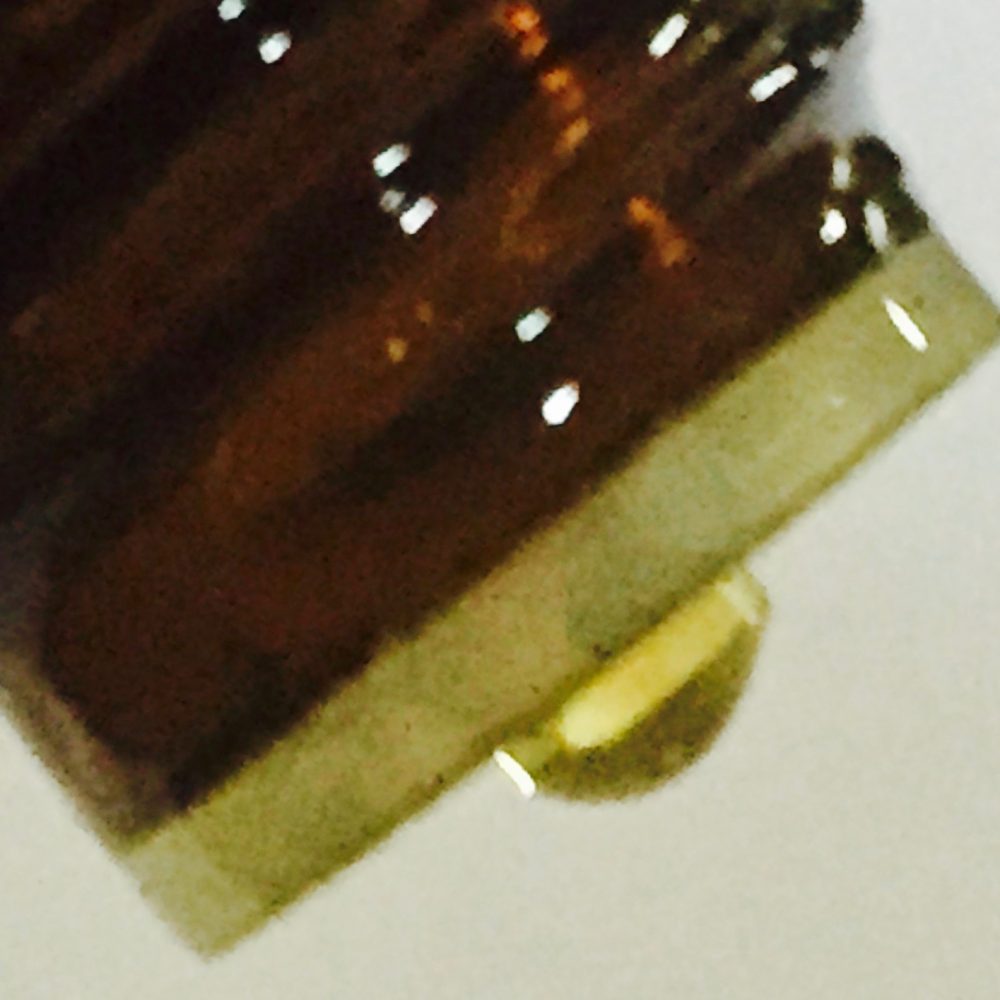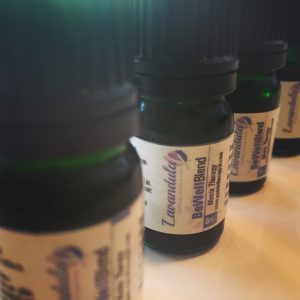
The Background
One important yet over looked aspect of essential oils is the shelf life of the oil. Essential oils oxidize over time making them harmful instead of beneficial. Few users of essential oils are aware of this and may keep their oils for years without knowing about oxidation. Aromatherapy suppliers rarely provide expiration dates due to the variability of when they should be thrown out. This can lead to many using oxidized essential oils that can harm the skin and respiratory system. Therefore, discussing essential oil shelf life is important to understanding oils.
Oxidation versus Microbial Growth
This article reviews two considerations for the expiration date for essential oils: oxidation and microbial growth. Oxidation occurs in fats and oils when oxygen reacts with the chemical compounds in a substance. Oxidation causes free radicals; using essential oils with free radicals can damage your body. When enough molecules of fat become oxidized, it becomes rancid. Rancid fats usually smell. You probably have smelled rancid fate before when you opened up some meat that sat in the fridge for too long. Microbial growth also needs consideration. Microbial growth increases the rate of oxidation in an oil. Not much evidence exists about microbial growth in pure essential oils, but it does occur in creams, lotions, and sprays with essential oils in them.
General Essential Oil Shelf Life Guidelines
Essential oil shelf life is not a straight forward concept. For now, let’s focus on the impact of oxidation on essential oils. Oxidation ranges from essential oil to essential oil. The time ranges from one year to around twenty, depending on the oil and care of the oil. The chemical components determine how quickly an essential oil oxidizes. Oils with monoterpenes as the primary chemical constituent oxidize within one to two years. These include citruses (lemon, grapefruit, orange), tea tree, cypress, and siberian fir. Oils with primarily sesquiterpenes or sesquiterpenols usually last for about six to eight years. These include cedarwood, patchouli, vetiver, and sandalwood. Patchouli has the longest shelf life at twenty years, so go ahead and stock up on that one!
Many major essential oil providers do provide the day of extraction, and general guidelines for the amount of time before it becomes too oxidized. Many Aromatherapists switch the use of the oils to
cleaning products when the oils become a little older. Smaller providers of essential oils should know when the oils were extracted and about how long the oil will last. In addition, you can increase the life of your essential oils by storing them in the refrigerator, closing the caps tightly, and buying less of the essential oils that you use less frequently.
What I do personally
I personally keep oils like myrrh, vetiver, and patchouli outside of the fridge and other oils inside. Also, oils that I use frequently and know I will use up before they could expire, I keep out of the fridge. Finally, when putting essential oils in carrier oils and waters, the oxidation rate goes up a lot (especially for water-based substances). I don’t sell essential oil products in water based carriers because they get oxidized too quickly (this includes lotion). That, though, should wait for another post. For now, now that you should find an essential oil provider that knows the dates of extraction for your essential oils. Finally, if they do not provide it, you should contact them to tell you the date of extraction.